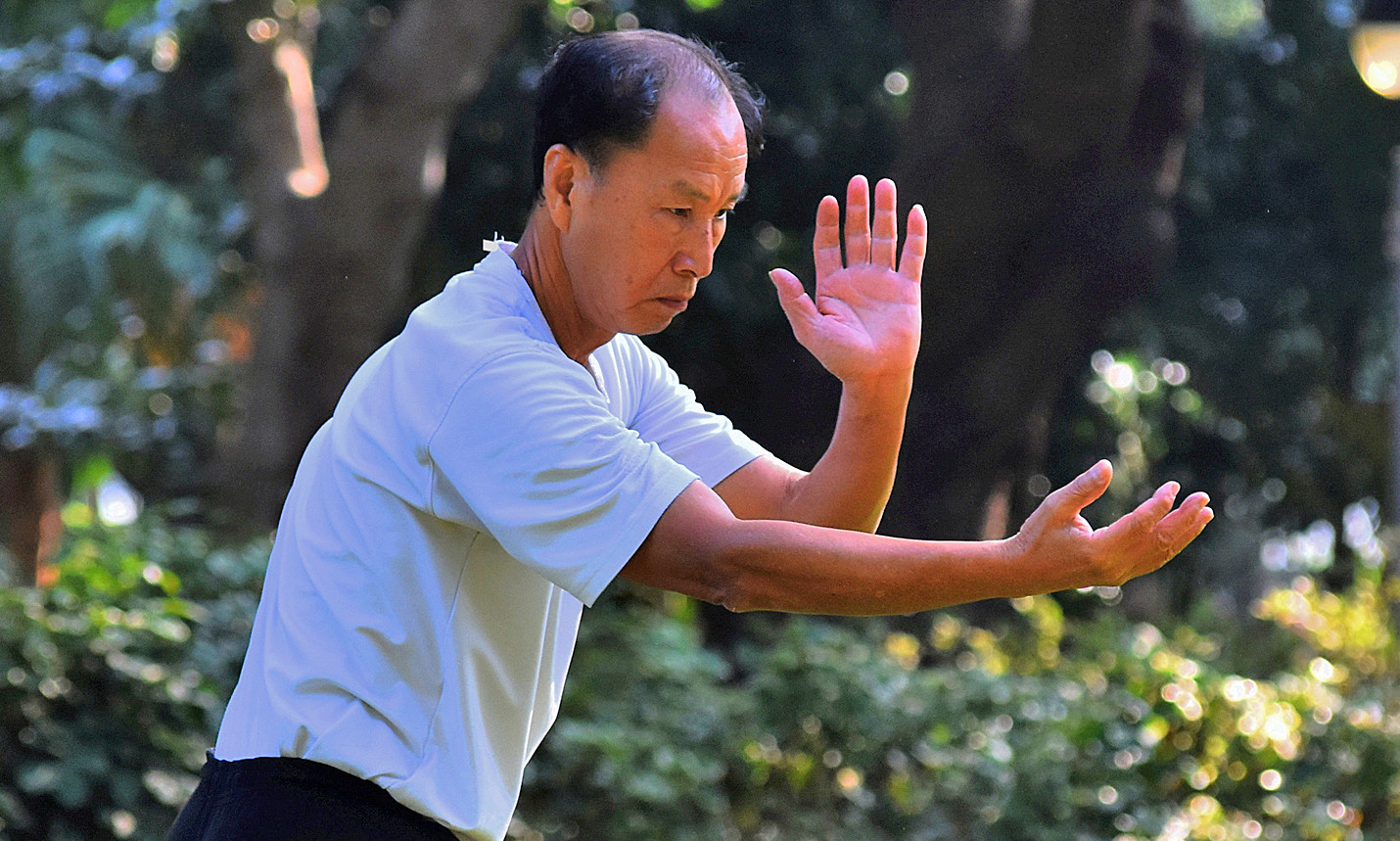Tai chi Just as Effective as Pulmonary Rehab for COPD

Chronic Obstructive Pulmonary Disorder, known as COPD, is a term that includes both chronic bronchitis and emphysema. It is a lung condition affecting an estimated 11 million people in the United States, but many more may be undiagnosed. It occurs when the airways of the lungs become damaged, leading to symptoms of chronic cough, wheezing, shortness of breath, fatigue, and excess mucus. It is a progressive disease that worsens over time and is the cause of significant disability and death. A study on effective treatment of COPD has led to the conclusion that tai chi, an Asian exercise regime, can be as effective as pulmonary rehabilitation for improving symptoms.
Problems Accessing Pulmonary Rehabilitation
Individuals with COPD often find that medication is not sufficient to provide relief from symptoms that affect their ability to function during everyday activities. Pulmonary rehabilitation offers additional help for these patients, with education and exercise that helps reduce breathlessness and improve stamina. However, pulmonary rehabilitation programs are not available in many communities. Some people must travel long distances to receive this specialized help. Therefore, finding other methods that will provide the same benefits have become critical for helping the growing number of people with COPD symptoms.
Tai Chi Offers Many Health Benefits
Tai chi is an ancient Chinese exercise method that uses slow, controlled movements in structured patterns. It was originally a martial art used for both defensive practices and for its health benefits. The patterned movements require mental focus, breath control, balance, and muscle strength, all of which contribute to better health and improved quality of life. Evidence also indicates that tai chi, like other types of exercise, can contribute to better brain function and mood regulation. New information indicates that the practice goes beyond this generalized improvement of health. Individuals who have impaired breathing function, such as with COPD, can benefit from the increased activity, which is mild enough for almost anyone to engage in comfortably, with significant benefits for their respiratory function.
Benefits of Tai Chi for COPD Patients
A recent study was conducted in China that suggested the practice of tai chi provided similar benefits as pulmonary rehabilitation techniques for individuals with COPD in a 12-week period. Those subjects who continued beyond the original test period showed continued respiratory improvement that even surpassed that seen in patients undergoing pulmonary rehab. These results indicate that tai chi should be recommended to patients with COPD, particularly when pulmonary rehabilitation services are not readily available to them.
When the elderly feel as though they have strong relationships, and they have social activity late in life, it can help reduce their risk of:
How Does Tai Chi Work to Improve Breathing?
Correct breathing is an integral part of the traditional tai chi techniques. Tai chi movements are related to gathering, holding, and delivering energy. Therefore, breathing patterns are coordinated with specific movements. However, the amount of focus on breathing patterns can be adapted to the needs of the individual. Patients with COPD can start out using limited coordination of breathing, as much as is comfortable for them. As their lung capacity grows stronger, they can then coordinate inhalations and exhalations more frequently into the structured movements.
Be sure to read our previous article on how living a non-sedentary lifestyle will increase your life span.
Resources:
Michael I. Polkey, Ph.D., Zhi-Hui Qiu, MSc, Lian Zhou, MD, Meng-Duo Zhu, MD, Ying-Xin Wu, MSc, Yong-Yi Chen, MD, Sheng-Peng Ye, MD, Yu-Shan He, MD, Mei Jiang, Ph.D., Bai-Ting He, MD, Bhavin Mehta, MSc, Nan-Shan Zhong, MD, Yuan-Ming Luo, Ph.D. “Tai Chi and Pulmonary Rehabilitation Compared for Treatment-Naive Patients With COPD.” CHEST Journal. April 03, 2018.

